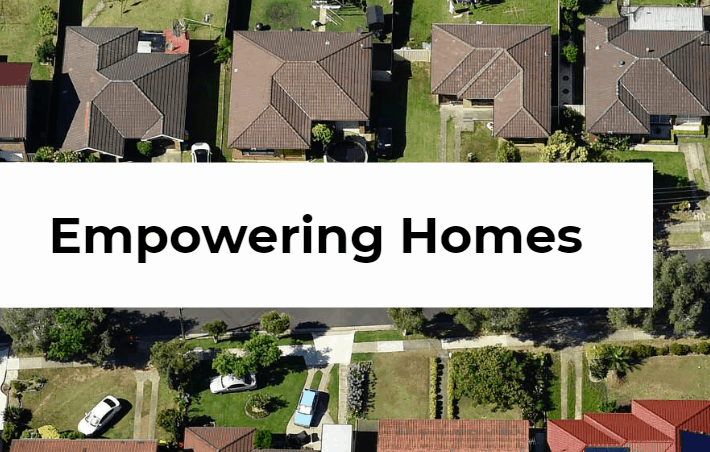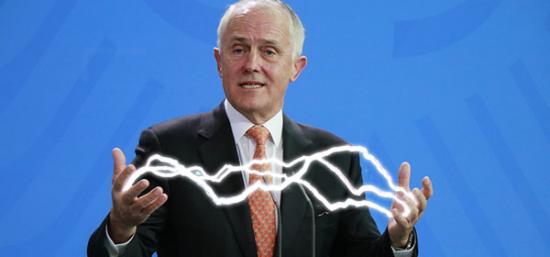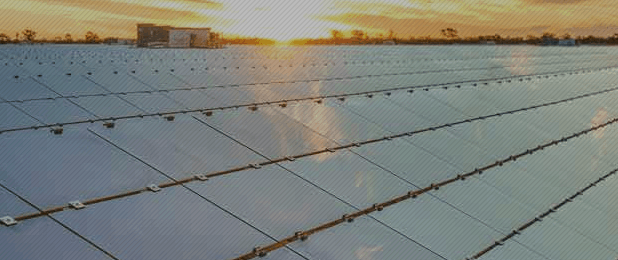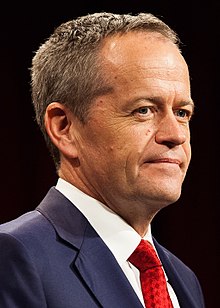Empowering Homes – Interest free solar battery loans in NSW could be set to commence towards the end of 2019 – let’s take a look at the system and how to apply for it.
Empowering Homes – Interest free solar battery loans in NSW
Empowering Homes – Interest free solar battery loans in NSW
The Empowering Homes program is going to support the installation of up to 300,000 solar-battery systems across New South Wales in the next 10 years, providing interest free solar battery loans to eligible residents. The loans will offer up to $9,000 for a battery system, or $14,000 for a solar battery system. As long as your household has a combined income of less than $180,000, you’ll be eligible for the scheme (subject to normal loan assessment criteria).

The scheme, which is using $50m redirected from a cancelled virtual power plant program, is still missing a lot of information. According to the official website it aims to ‘unlock up to $3.2 billion in clean energy investment, adding up to 3,000 megawatt hours of storage into the NSW energy system when complete’.
“I want to deliver a program that provides robust consumer protections in terms of safety, system performance and value for money,” NSW Minister for Energy, Matt Kean, said in comments reproduced on the NSW Government’s website.
According to Solar Quotes and statistics provided by the Australian PV Institute, New South Wales’ solar penetration (at ~19%) is quite far behind Queensland (34.1%), South Australia (33.5%), and Western Australia (27.6%).
According to figures from the Government website, “a household with a $500 quarterly electricity bill could save up to $285 a year on their bills while repaying the no-interest loan. Savings could increase to over $2000 a year once the loan is repaid.”
For further information about battery systems please visit Energy Saver NSW.
If you’re like to register your interest in the Empowering Homes program and also receive updates as they become available, please click here and fill in the form at the bottom of the website. According to the official site the first battery/solar-battery systems will be available for install in summer 19/20.





